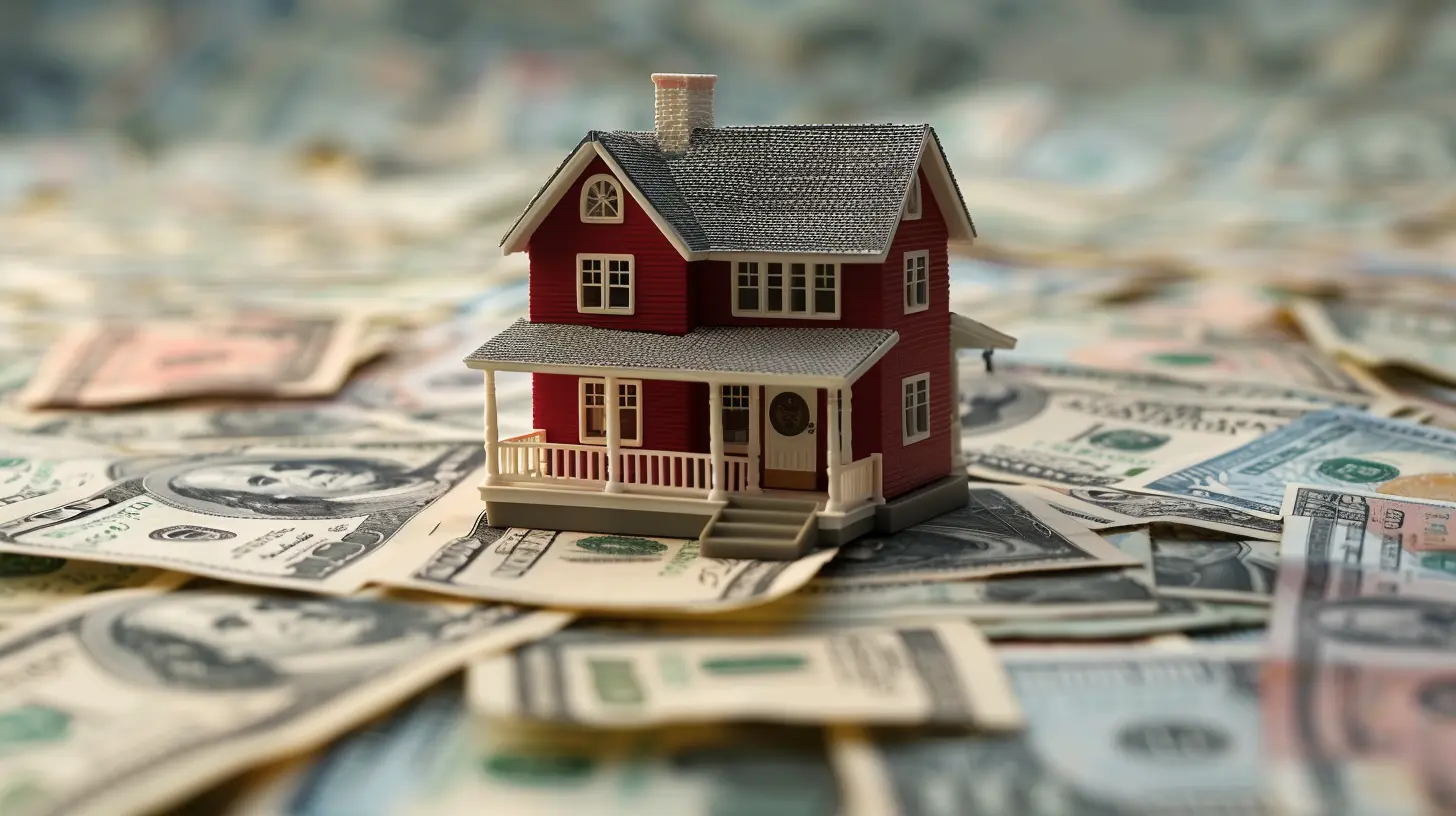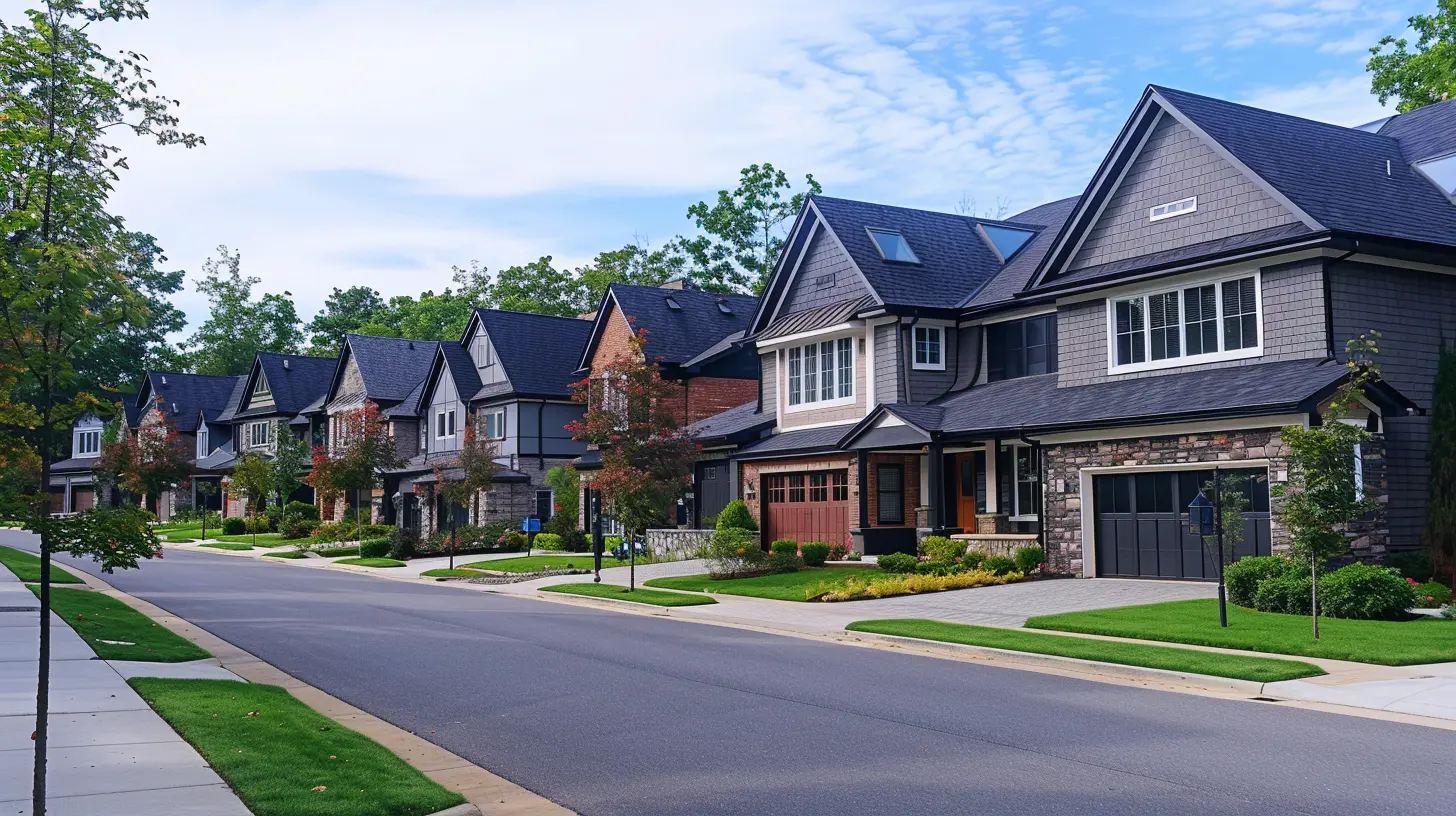The Influence of Interest Rate Inversions on Real Estate Decisions
29 August 2025
When it comes to real estate, interest rates play a huge role in shaping market trends. But what happens when those rates flip upside down? Welcome to the wild world of interest rate inversions—a phenomenon that leaves investors, homebuyers, and sellers scratching their heads.
So, how exactly do these flips in the financial world impact real estate decisions? Should you buy, sell, or run for the hills? Let’s break it down in a simple, engaging way! 
What is an Interest Rate Inversion?
Before we dive into real estate, let's clear up the basics. In a healthy economy, long-term interest rates (like 10-year bonds) are higher than short-term rates (like 2-year bonds). Why? Because investors demand more return for locking up their money for a longer period.But sometimes, the script flips—short-term rates rise above long-term rates. That’s an inverted yield curve—a fancy way of saying the financial world is acting a little weird. Historically, this inversion has been a flashing red light for an upcoming recession. 
What Does This Mean for Real Estate?
The real estate market thrives on borrowed money. Whether you're buying a home, developing properties, or investing in commercial real estate, interest rates directly affect affordability and profitability.Here’s how an interest rate inversion influences different aspects of the real estate world:
1. Homebuyers Start Getting Nervous
When short-term interest rates spike above long-term rates, mortgage rates often rise as well—especially for adjustable-rate mortgages (ARMs). This means higher monthly payments for homebuyers. Naturally, some potential buyers hesitate, fearing they’ll be stuck with sky-high payments if the market crashes.Does this mean you should wait to buy a home? Not necessarily. If you’re locking in a fixed-rate mortgage and planning to stay put for the long haul, you might not need to worry too much. But if you’re on the fence, it’s wise to watch market trends closely.
2. Sellers May Have to Adjust Prices
When buyers get scared, demand drops. And what happens when demand drops? Prices often follow.If you're selling, an interest rate inversion might mean longer selling times and more negotiations. In a slow market, buyers regain some power, and sellers need to price realistically. No more listing your home at sky-high prices and expecting a bidding war—those days are on pause when rates are unpredictable.
3. Real Estate Investors Need to Get Smart
Investors—whether in residential or commercial real estate—navigate interest rate changes like a surfer watching the waves. When an inversion happens, they must be even more strategic.- Flippers: Higher borrowing costs can shrink profit margins. If you're flipping houses, be extra cautious about your timing.
- Buy-and-Hold Investors: Rising interest rates might make financing properties tougher, but if rental demand stays strong, cash flow can remain steady.
- Commercial Investors: Office buildings, retail spaces, and multi-family apartments may see fluctuating demand, depending on how businesses react to economic uncertainty.
In short, real estate investing during an inversion requires patience, planning, and a keen eye for deals.
4. Recession Fears Shake Market Confidence
Since interest rate inversions have historically preceded recessions, many buyers and sellers hit the pause button. And when people hesitate, real estate markets slow down.However, a slowdown doesn’t mean disaster. In fact, smart buyers use these moments to find opportunities. Sellers desperate to move may accept lower offers, and investors can scoop up deals while others sit on the sidelines.
5. The Fed’s Role: To Cut or Not to Cut?
The Federal Reserve plays a major role in shaping interest rates. When they notice an inversion, they often step in and make adjustments—typically cutting short-term interest rates to stimulate the economy.What does this mean for real estate? If the Fed lowers rates, mortgages become cheaper, sparking renewed interest in homeownership and investment. However, if the economy dips into a recession before the Fed reacts, real estate activity can contract before bouncing back. 
Should You Buy or Sell During an Interest Rate Inversion?
Well, it depends on your situation. Here’s a quick guide:If You’re a Homebuyer:
- Lock in a fixed-rate mortgage if possible.- Don’t panic over short-term fears—buy based on long-term plans.
- Negotiate! If demand slows, you may score a deal.
If You’re a Seller:
- Be realistic with pricing—overpricing pushes buyers away.- Expect longer selling times if the market cools.
- Consider sweetening the deal with incentives (like covering closing costs).
If You’re an Investor:
- Keep cash reserves—opportunities arise when others panic.- Focus on strong rental markets—recession-proof investments.
- Be patient and look for motivated sellers.

Final Thoughts: Stay Calm and Think Long-Term
Interest rate inversions can stir up a whirlwind of emotions in the real estate world. But instead of panicking, use this period strategically. Whether buying, selling, or investing, understanding the market’s signals can help you make smart, informed decisions.Remember: Real estate is a marathon, not a sprint. The market’s ups and downs are just part of the journey!
all images in this post were generated using AI tools
Category:
Real Estate TrendsAuthor:

Cynthia Wilkins
Discussion
rate this article
1 comments
Ulysses Torres
Interest rate inversions can create uncertainty, but they also present unique opportunities in real estate. Stay informed, adapt your strategy, and seize the moment—wise investors transform challenges into triumphs. Embrace change, and let it guide you to success!
September 4, 2025 at 12:50 PM

Cynthia Wilkins
Thank you for your insight! Indeed, while interest rate inversions can introduce uncertainty, they also offer valuable opportunities for proactive investors. Adapting strategies is key to navigating these changes successfully.


